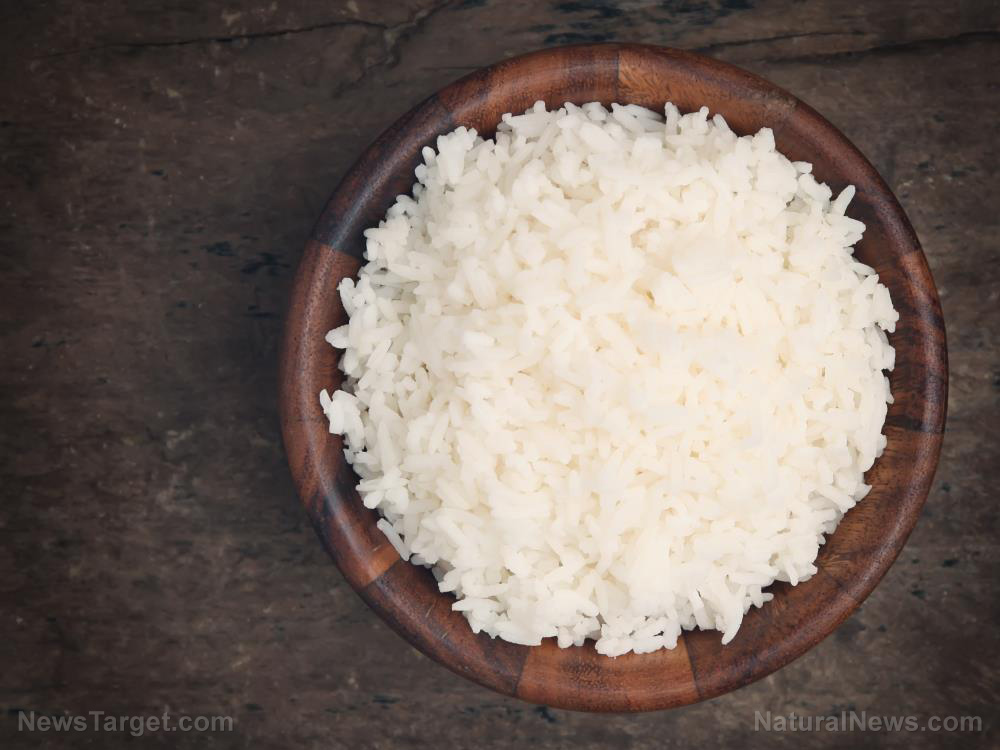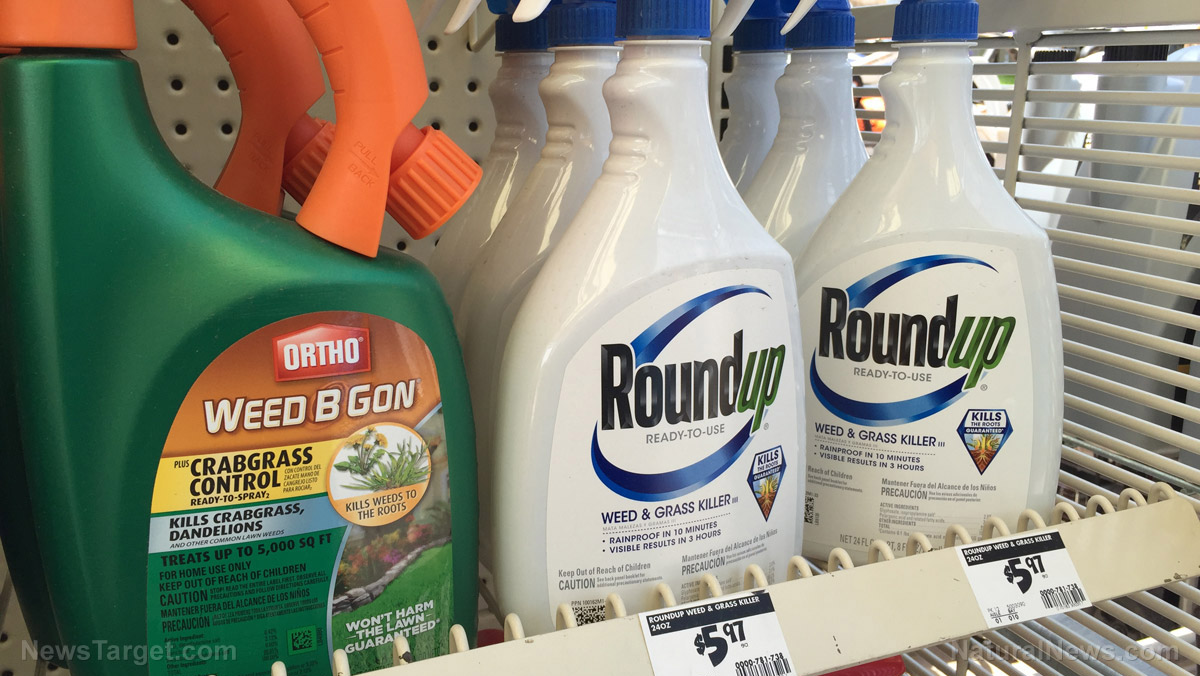
Unfortunately, humans have made it common practice to use pesticides and fertilizers packed with arsenic on the food crops we eat. There are two types of arsenic: organic and inorganic. Long-term exposure to either can cause health problems, but inorganic arsenic is considered to be the more dangerous of the two.
It is this poisonous, inorganic form of arsenic that is added to pesticides and fertilizers, and which is showing up at increasingly dangerous levels in our foods. Scientists are particularly concerned about the levels of arsenic found in rice, the staple food of more than half of our planet’s population. (Related: Are you slowly poisoning yourself with… rice?)
Why rice has become so contaminated
Many health-conscious consumers make a point of purchasing what they consider to be the healthiest rice: whole grain brown rice – a rich source of fiber and essential nutrients like manganese, selenium and magnesium.
And, as reported by Food Revolution Network, rice is a symbol of everything from wealth to fertility in certain Asian lands.
It is also routinely recommended as part of the BRAT diet, which consists of bananas, rice, applesauce and toast, and which is often prescribed for people with stomach conditions.
Is it okay to look at these potential benefits of rice and ignore the presence of dangerous levels of inorganic arsenic? Surely people have been eating rice for thousands of years without getting sick?
Unfortunately, it isn’t that simple. The rice we eat today is not the same as that which our ancestors enjoyed. Food Revolution Network explains:
When arsenic is in the soil, all plants will absorb some of it. But rice is different.
Because it’s grown under flooded conditions (where irrigation water is often contaminated with arsenic), rice absorbs more arsenic than other food crops.
Arsenic-based pesticides were heavily used on crops for decades. And inorganic arsenic can persist in the soil indefinitely.
Even if farmland has been growing organic food for decades, if it was ever exposed to arsenic-contaminated pesticides, these toxins may still persist in the soil today.
Inorganic arsenic compounds and most arsenic-based pesticides have now been banned in agriculture in the U.S. But some may still reach Americans by way of other countries. [Emphasis added]
So, whether we eat rice imported from other countries or that grown in the United States, the chances are good that it has been grown in soil that is permanently contaminated with arsenic. This explains the findings of a Consumer Reports study which found significant levels of arsenic in virtually all 223 samples of brown, white, jasmine, basmati and other types of rice tested.
Why we should be concerned
Studies have found that frequent exposure to even small amounts of inorganic arsenic can cause health problems, including headaches, fatigue, stomach pain, diarrhea and confusion.
Exposure to higher doses of this type of arsenic can cause even more serious health conditions, including dementia, type 2 diabetes, high blood pressure, heart disease, neurological problems and skin conditions. It is also a known human carcinogen.
Fortunately, most forms of arsenic do not linger in the body and can generally be eliminated within a few days. It may be time to switch to rice grown in soil that has never been contaminated with arsenic or to cut it out of your family’s diet completely. At the very least, it would be good to consider limiting its consumption.
Learn more about toxic elements in our environment at Environ.news.
Sources include:
Please contact us for more information.























